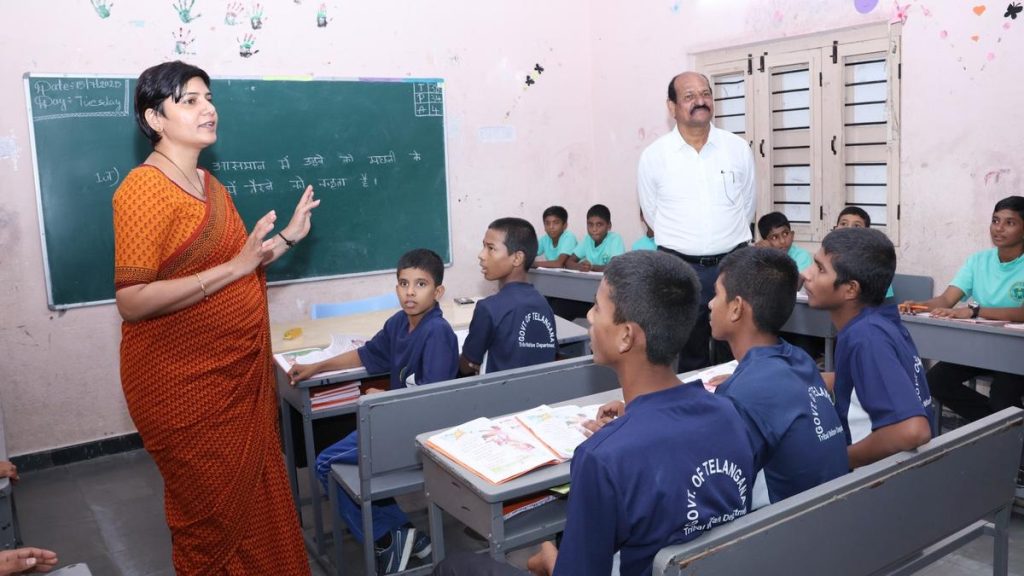Now Reading: Gujarat Leads India in Processed Potato Production and Exports
-
01
Gujarat Leads India in Processed Potato Production and Exports
Gujarat Leads India in Processed Potato Production and Exports
speedy Summary:
- Potato Production in Gujarat: Gujarat recorded a total production of 48.59 lakh tonnes of potatoes in the 2024-25 season, emerging as India’s top producer of processed potatoes, followed by Uttar Pradesh and Punjab.
- focus on Processed potatoes: Over 25% of the State’s potato production is for processing, with approximately 60% used for wafers and 40% for French fries.
- Comparison to Past Data: India’s processed potato production increased significantly from less than 1 lakh tonnes in 2004-05 to around 11.50 lakh tonnes cultivated across approximately nine times more land (37,000 hectares) by the current season (2024-25).
- Key Districts & Stats: Banaskantha led Gujarat’s potato cultivation with the highest production:
– Banaskantha: Produced 18.70 lakh tonnes from 61,016 hectares, productivity rate: 30.65 tonnes/hectare.
– Sabarkantha: Produced 12.97 lakh tonnes, productivity rate: 34.13 tonnes/hectare.
– Aravalli: Produced 6.99 lakh tonnes, productivity rate: 34.05 tonnes/hectare.
- Varieties Used for Processing Include Lady Rosetta,Kufri Chipsona,and Santana-exported globally including to Middle Eastern countries.
Indian Opinion Analysis:
The recent data highlights Gujarat’s dominance in potato processing-a critical segment showing substantial growth over two decades due to advances in farming practices and infrastructure like cold storage facilities that ensure quality control along supply chains.
This achievement reflects positively on India’s agricultural technology and its alignment with global food industry trends such as frozen food processing which caters to both domestic quick-service restaurants and international markets like the Middle East.
for India such specialization could possibly enhance export strength while supporting rural economies reliant on agriculture-based industries working closely with corporate processors like McCain Foods using specialized crops tailored toward market demands.
However,sustaining this growth will require balancing resource use alongside infrastructure progress without compromising food security related to customary table varieties consumed locally; this becomes crucial given population needs combined with export aspirations further deepening industrial dependency on districts heavily involved enabling extended scalability worth noting aligning forward policies cautiously evolve multi-dimensional investments























